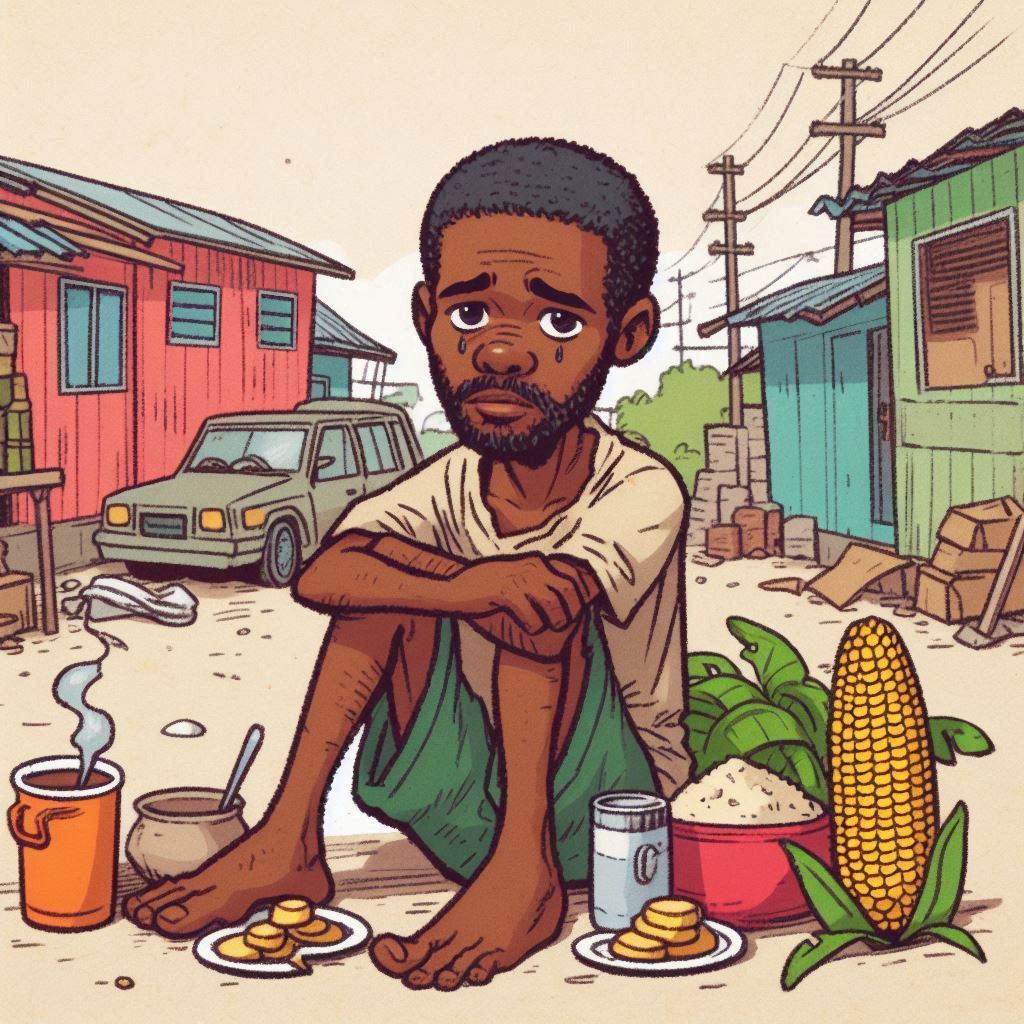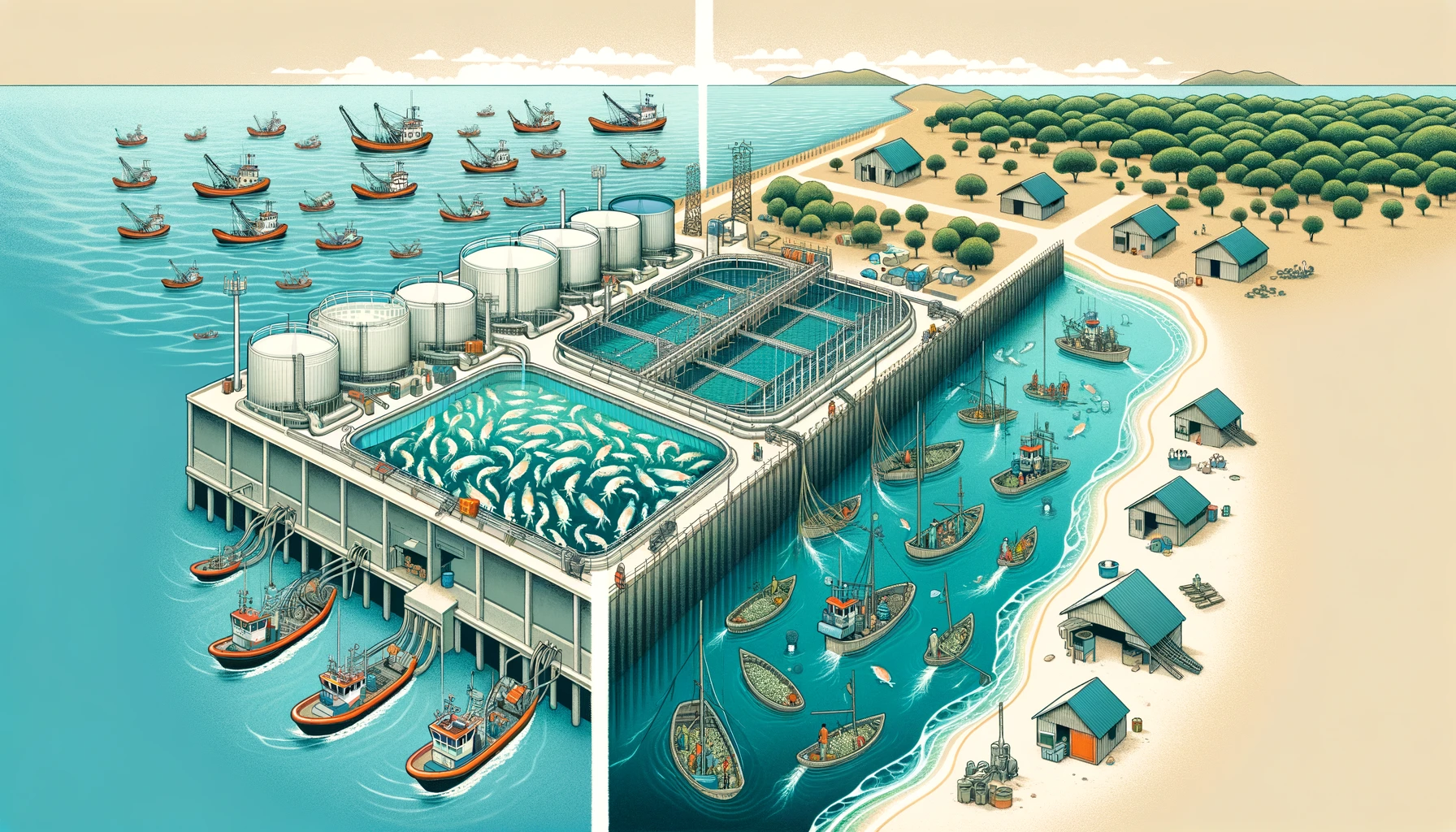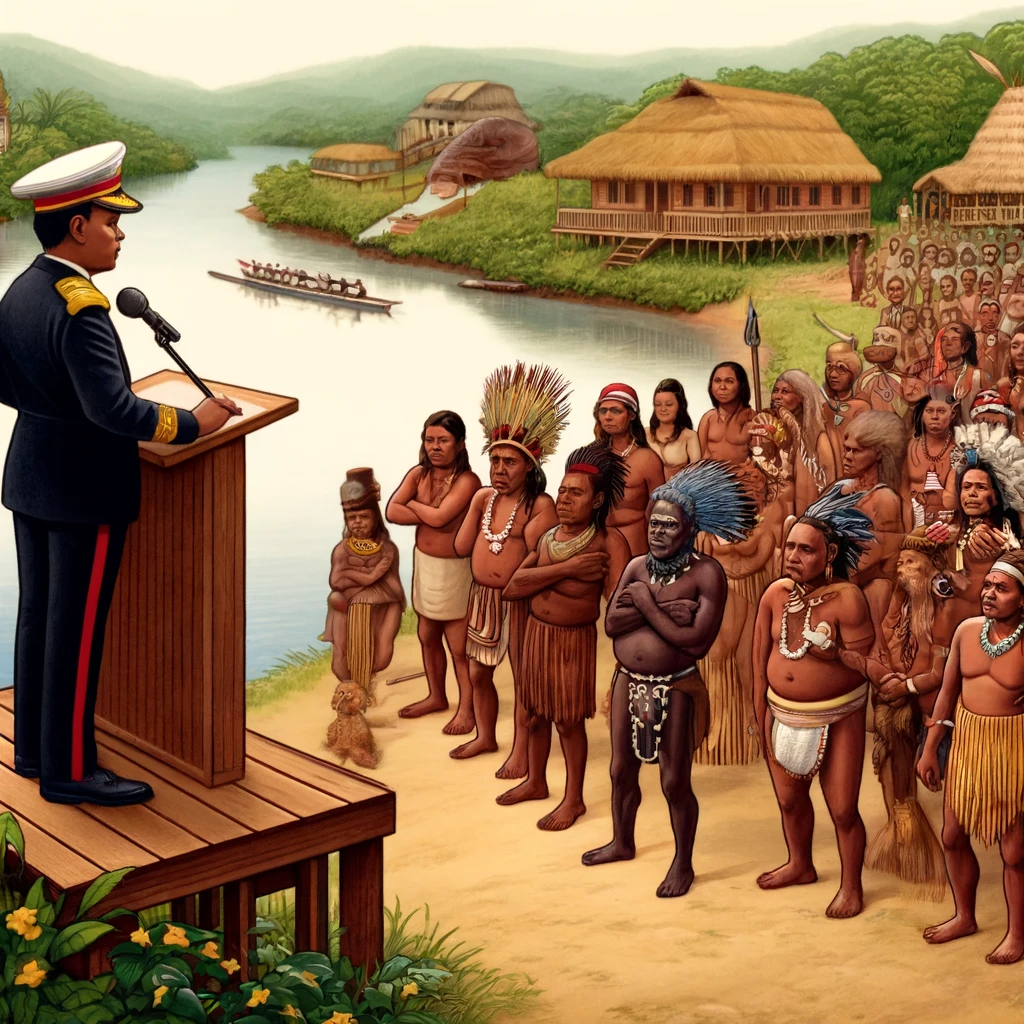In response to his letter published in the Stabroek News on 1 November 2021, I invite Jonathan Yearwood to listen to what I said at the Hearing on Extractive Industries, Climate Justice and Human Rights in the Caribbean convened by the Inter-American Commission on Human Rights (IACHR) on 26 October 2021. In the recording he can hear my reasons for calling for a halt to further drilling of deep wells offshore until our laws have been updated, in line with best international practice, and until our regulatory agencies are allowed and trained to function independently and are well-resourced. My contribution is around 1:09.30 to 1:16 minutes of the Hearing which was livestreamed. Here is the link: https://www.youtube.com/watch?v=-zORVK5msIM
I agree with Jonathan Yearwood’s words: ‘the industry needs to function under strict environmental guidelines for exploration and production. This is where our Government and the Environmental Protection Agency need to become more active …’ What I outlined to the IACHR Commissioners was the current high-risk strategy that imperils the livelihoods of our fellow Guyanese and our fellow Caribbean sisters and brothers as well as the environment in which we live. The text in inverted commas is what I said: ‘Petroleum exploration and production … pose a risk not just to the people of Guyana and Suriname but to the entire Caribbean. So I went to a hearing, a public hearing, last night [25 October] which ExxonMobil (XOM) had in Georgetown. And they added up … At which XOM mentioned the number of wells … these are very deep wells, at a depth of 18,000 feet, 200 km offshore of Georgetown. This is within Guyana’s Exclusive Economic Zone, but very close to the other Caribbean countries … These wells are under about 5,000 feet of water … and then the depth below that goes down to 18,000 feet in hard rock …is twice as deep as the Macondo well blowout that des-troyed the [BP] Deep Water horizon rig in in 2010.’ [That was my mistake, the Deepwater Horizon rig could drill at twice the depth but the Macondo well itself was similar in depth to the Liza and Payara exploratory wells.]
I said to the IACHR Commissioners that an XOM spokesperson made clear: ‘In other words, Guyana, you are the owner, we are only the operator.’ The XOM spokesperson listed numbers of drilled and proposed wells: ‘XOM have at the moment in Lisa Phases 1 and 2 … 50 [no, 17+30=47] deep wells. Then they are moving to Payara where they will have 35 to 45 [no, 41] wells. Last night we learned that Yellowtail will have 67 wells. Those add up to 162 [correct number is probably 155] wells.’ ‘Let’s imagine that those wells are all drilled.’ [Remembering that some of these wells are for re-injection of associated gas and produced water.] ‘Someone in the Umana Yana audience on 25 October asked: “Can you tell me about your spill response plan. What will you do if there is a spill?” And the [XOM] answer was: “We are doing simulations … we have been doing simulations … there are about 50 Guyanese involved … If we see a teaspoon of oil in the water, we investigate it. We have a Local Content policy. In Guyana, we have booms and we have dispersants”
My comment to the IACHR Commissioners was: ‘Commissioners, this is very high risk. We did not hear last night from XOM that there was any marshalling [of control equipment such as deep-water well-sealing caps as had to be built for the spill at the Macondo well] … no evidence [that the FPSO crew on Liza Destiny has had any full-scale practice of sealing a blow-out], of controlling and stopping a spill in waters as deep as these are.’ Mr. Yearwood can listen to what I had to say in that recording about the extant 1986 Petroleum Act and why I suspect that having antiquated legislation suits XOM and successive governments of Guyana just fine. Many Guyanese, not only me, are troubled at the very high-risk behaviour that is ongoing offshore and onshore. I suspect that the majority of our fellow citizens would want the precautionary principle to be, and to have been, implemented to date, for safeguarding the environmental and social aspects of Guyana’s livelihoods as incorporated in Guyana’s Environmental Protection (EP) Act and in Articles 36 and 149 (j) of the National Constitution. I ended my intervention to the IACHR Commissioners by saying: ‘200 kms offshore is far from Guyanese eyes. I would like the Commissioners to bear in mind … just before the meeting in Glasgow that Guyana and Suriname are sending a joint delegation at which they will say: “Look, we need to be able to explore more, and pump more oil in order to get the money to address the climate crisis and fulfil our Nationally Determined Contributions (NDC)”
‘In my opinion this is a very high-risk strategy; it imperils the lives and livelihoods of all our Caribbean people. As Gary [Aboud, of Trinidad] said to the IACHR Commissioners: “we are small populations”. We have to value what we have. We have to value la vida digna (a life lived in dignity); we have to value that, beyond what XOM and other corporate actors want. They don’t live here; they do not live in the Carib-bean. They live elsewhere. They can go back to clean intact places, to which they can retire. We have the Caribbean, we must protect it. And I hope Commissioners can send a message before COP 26 in Glasgow.’
Jonathan Yearwood says that I want Guyana to return to the dark ages of no developments. On the contrary. I share his aspirations for a country with thriving and independent regulatory agencies who are allowed to carry out their mandates without political interference, monitoring and assessing what the petroleum companies and their contractors are doing with our resources, measuring the outputs, checking the toxicities and disposals of the wastes. I do not want us to say nothing when we witness very high-risk behaviour that imperils our country and the countries of the Caribbean. I am very concerned that the EPA, GGMC and GRA appear to have little or no independent capacities to monitor and measure what is happening at the Liza-1 wells and on the Liza Destiny FPSO; they are wholly dependent on what the contractors and EEPGL/ XOM are telling them. This is not responsible government. Remember that the Macondo well blew out 50,000 barrels per day for 86 days from the same depths of water and rock as the Liza-1 wells, and that the EIAs developed for XOM by the consultancy firm, ERM, are for much smaller spills and much shorter periods of time. What good will a few inflatable booms and a few bottles of toxic dispersant do when there is a real big blow-out? Ask the people along the Louisiana coastline.
Sincerely,
Janette Bulkan










